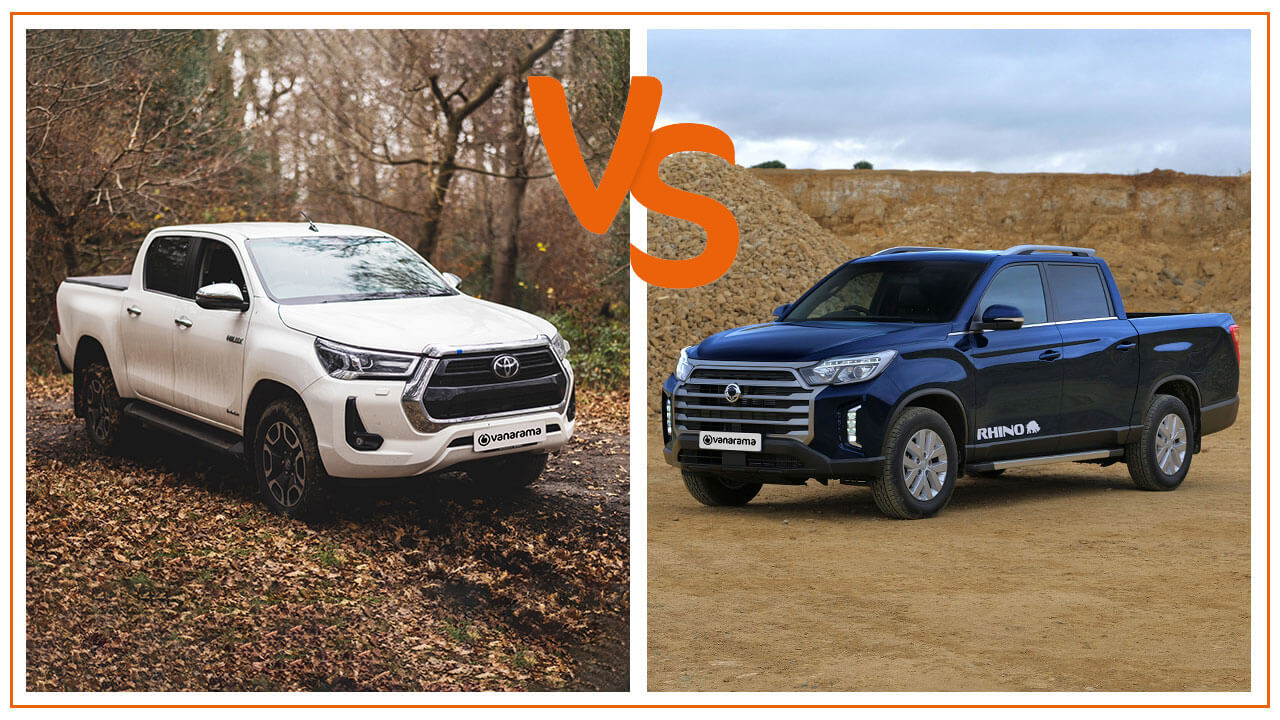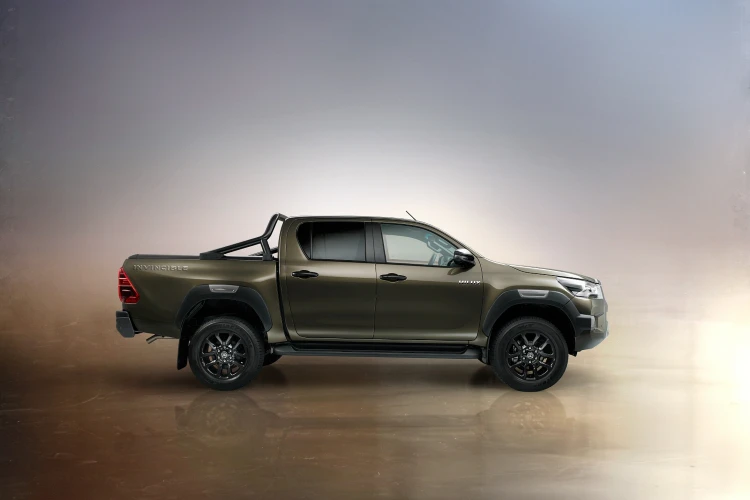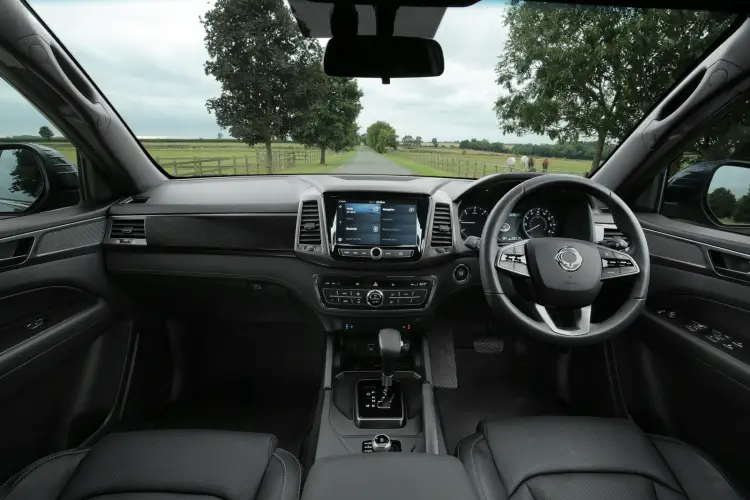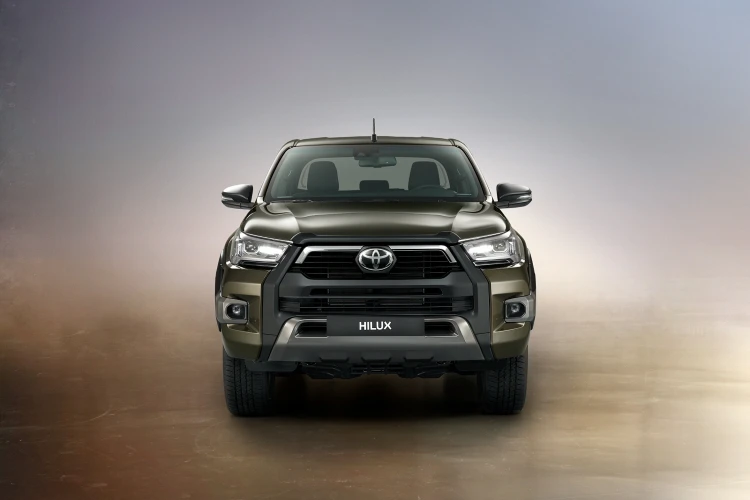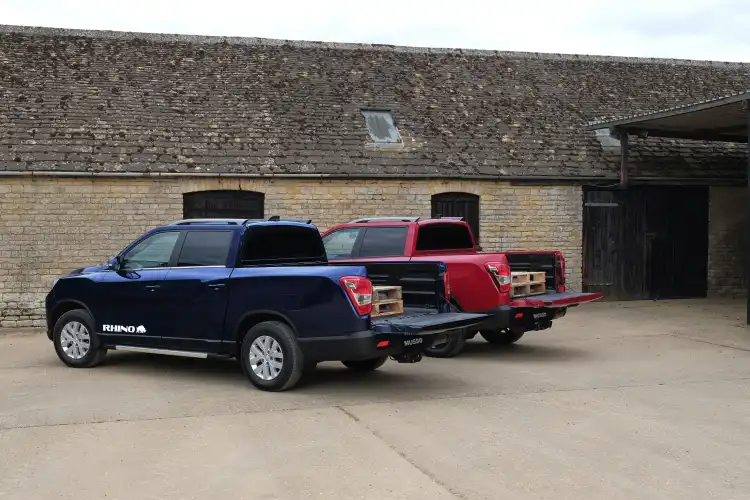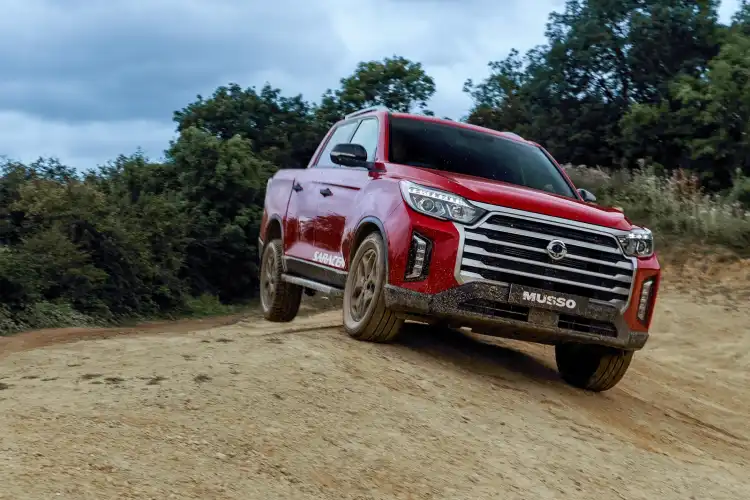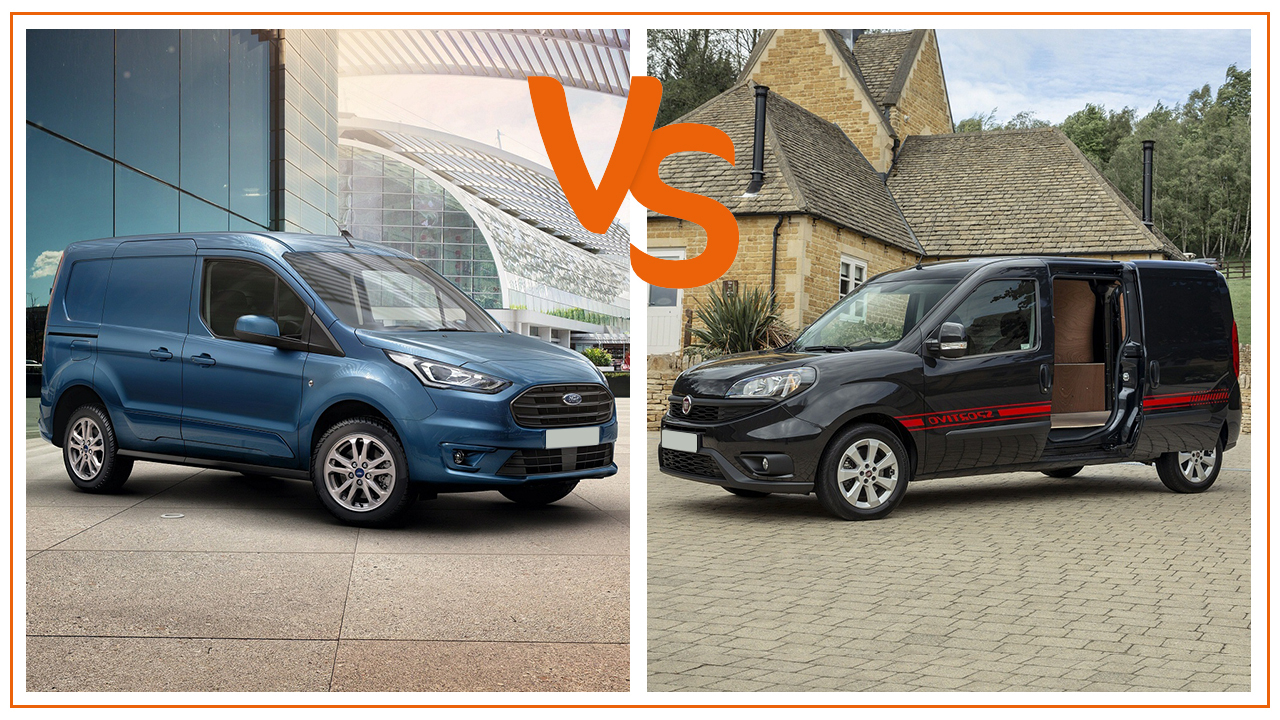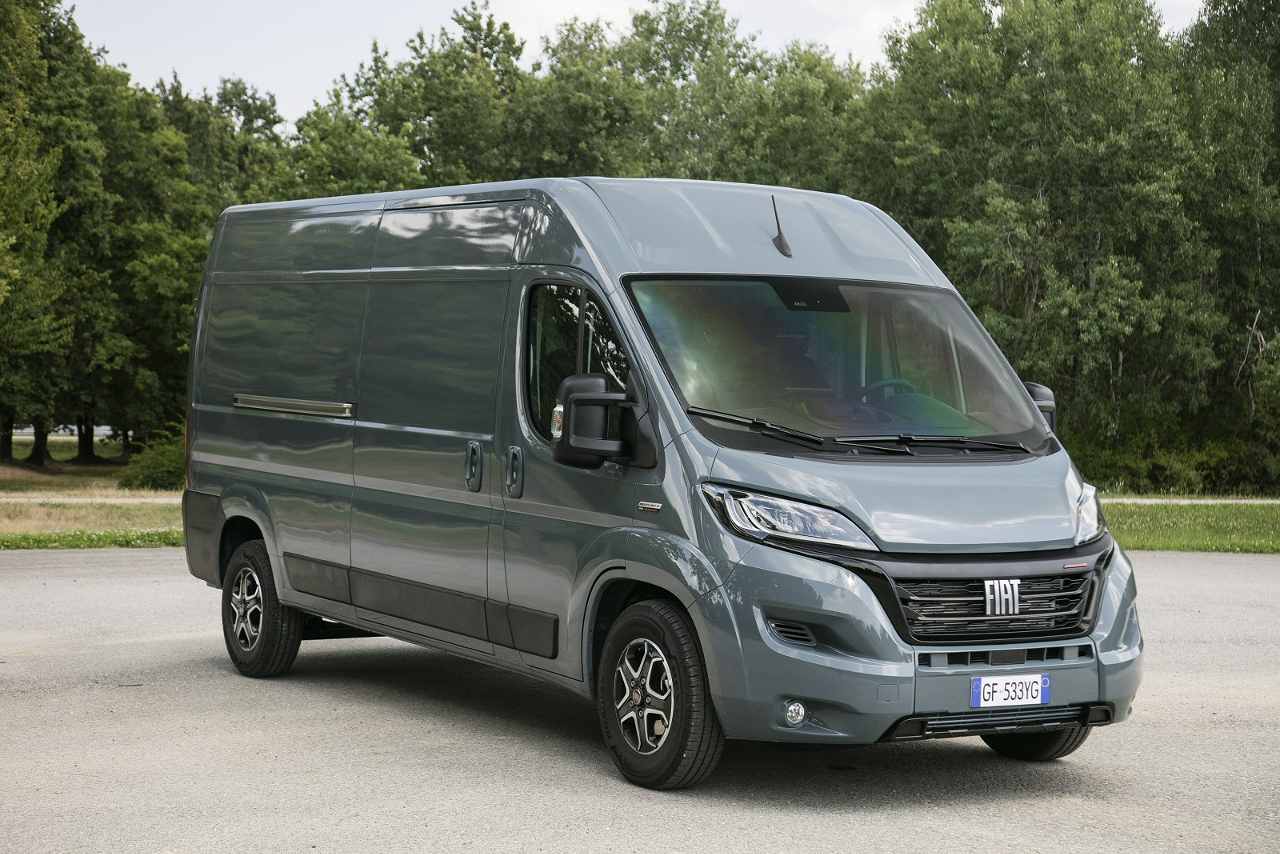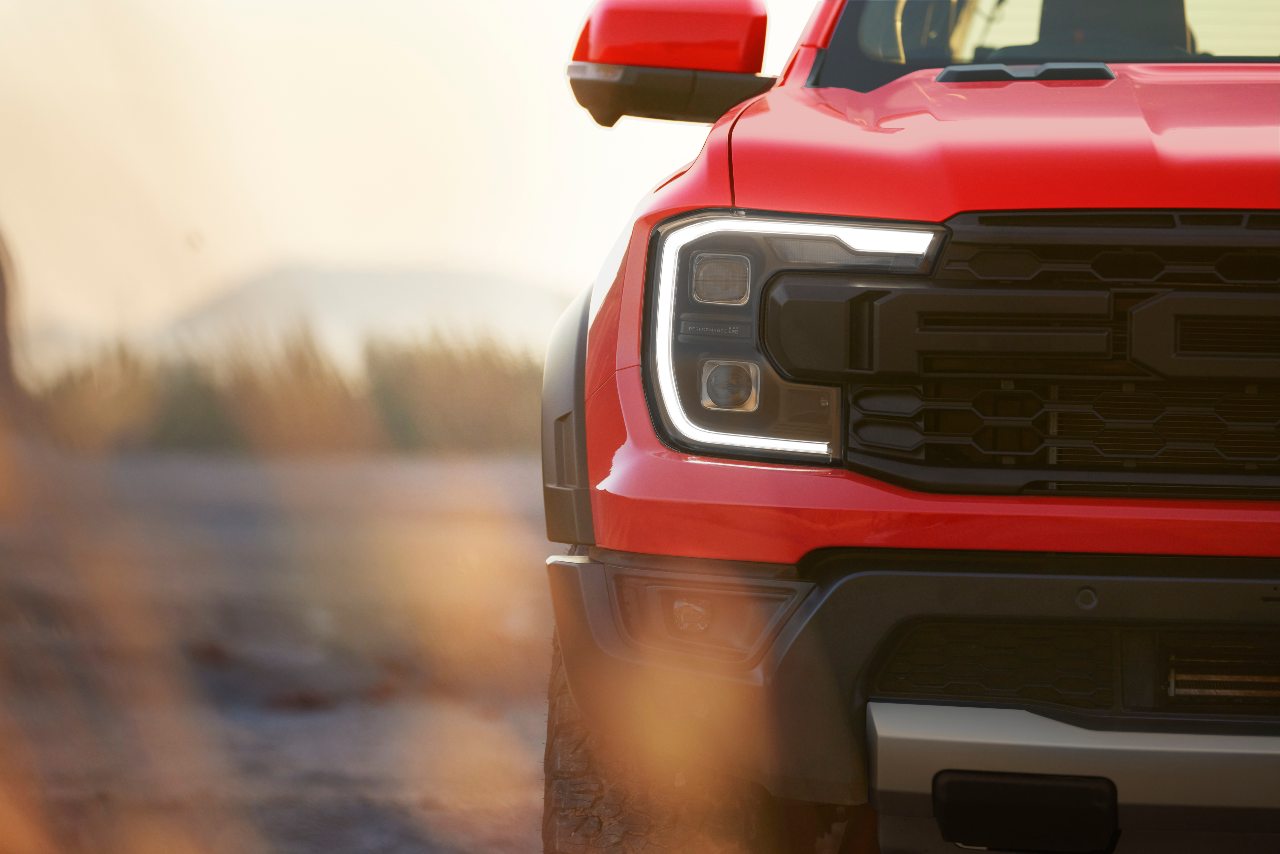By Tom Roberts
New pickup trucks are expected to hit the UK market over the next couple of years, but the Toyota Hilux isn’t going anywhere - it’s a mainstay. And while the SsangYong Musso doesn’t sell in huge numbers yet, it’s making inroads into the UK market. In the latest head-to-head article, Vanarama Van Expert Tom Roberts pitches the relatively unknown Musso against the powerful Hilux.
Toyota could be awarded the accolade of ‘pickup truck pioneer’ because it’s been around for decades - it’s constantly updated and is the go-to truck for many, not just in the UK, but around the world. It’s been proven to be a tough, go-anywhere vehicle (remember the Top Gear episode when they took one to the North Pole?) but also comfortable enough to be used as daily transport for those who need a dual-purpose vehicle.
Hilux had its last major update as recently as 2020, building on the 8th generation, launched in 2016. Although most customers will opt for the double cab, with plenty of room for rear seat passengers, Toyota also offers the Hilux in single cab form (offering the maximum load space length), or the halfway house extra cab, with half-width rear doors and seats for occasional use.
Less well known is the SsangYong Musso. The Korean manufacturer can be traced back to 1954 but didn’t enter the UK market until 1994 with an SUV, also named Musso. The first commercial vehicle came in the form of the Korando Sports pick up in 2012. The company is now owned by Indian giant Mahindra & Mahindra, the Musso pickup as we know it now being launched in 2018.
Musso, facelifted in 2021, is currently the only pickup on the UK market offered in a choice of 2 wheelbases. As a result, the LWB version named ‘Rhino’, has the longest load length of any double cab pickup on the market. There’s only a double cab Musso though, if you need a single cab truck you’ll need to look elsewhere.
Body Styles
The Hilux comes in no less than 5 ‘grades’, as Toyota likes to call them. I’ll just give a shout out to the highlights for each, as the list is pretty comprehensive.
Hilux Active is the entry level. There’s not a huge amount of toys to play with, the model being aimed more at the utility user. There’s air conditioning and plenty of driver aids such as Toyotas ‘Safety Sense’ package. Cruise control and electric windows are included in the spec.
Hilux Icon adds 17-inch alloy wheels on the outside, and the dash gains a nice 8-inch multimedia unit, which includes Apple CarPlay and Android Auto. There’s a reversing camera, power folding door mirrors and for the off-road user an automatic limited slip differential.
Move up to Hilux Invincible grade for 18-inch machine-faced alloy wheels, dual-zone climate control, LED lights, heated front seats, and front and rear parking sensors. Invincible X adds 18-inch black alloys, heated leather seats front and rear, and satellite navigation.
The recently-introduced GR Sport is based on Invincible spec and (with the exception of the Arctic Trucks conversion) is the ultimate Hilux with an emphasis on projecting a high-performance image. Unique double spoke alloy wheels are complemented by red front coil springs, which cover monotube shock absorbers. You’ll get a special front grille, a black sports bar and in the cab, black leather sport seats. There are additional GR Sport flourishes in the interior styling and the multimedia system not only has satellite navigation, it also powers a JBL premium, 9 speaker sound system.
Moving onto the Mussa, there are 3 trim levels in the range. On the outside of the entry level EX you’ll get 17-inch alloy wheels and a bold front grille. In the cab, air conditioning is present, as are electric windows. The truck also comes with rain-sensing wipers and automatic headlights.
Move up to Rebel spec, and you’ll benefit from a nice 8-inch multimedia screen, which not only includes Apple CarPlay and Android Auto smartphone integration, it also gives a clear view when manoeuvring thanks to the reversing camera fitted at the rear. Heated ‘faux leather’ seats and a heated leather steering wheel provide comfort for the driver, and on the outside LED front fog lights, black side steps and Rebel graphics give the truck some presence.
Musso Saracen is where SsangYong really ups their game. On the outside, you’ll see 18-inch black alloy wheels, privacy glass to the rear windows and LED daytime running lights. There’s a black finish to the door handles, mirrors and tailgate finisher, together with Saracen graphics. Inside, the multimedia screen is increased in size to 9.2 inches and now includes TomTom navigation. Other niceties now fitted as standard include leather seats, heated rear seats, cruise control, climate control, front and rear parking sensors and some tech such as blind spot detection, lane change assist and rear cross traffic alert. If that isn’t enough, automatic transmission is now standard.
Rhino LWB is based on Saracen spec, but with 17-inch alloy wheels (I’m not sure why they downgrade alloy wheel size) and Rhino graphics to the outside.
Cabin Specifications
The Hilux, particularly at the higher levels of trim, has a cab environment that wouldn’t look out of place in a premium passenger car. It’s modern, and the quality of the build and materials used are outstanding. To keep the noise down, Toyota includes their ‘dash silencer’, their way of reducing NVH (noise, vibration and harshness) in the cab and it works very well. Storage is good with 2 glove boxes and the usual door bins for bottles and other items.
You’d be forgiven in assuming that the Musso might have a slightly dated cab interior, but to be fair to the Korean manufacturer, SsangYong have come up with a cab which is not only comfortable, it’s pleasing to the eye too. It’s actually taken from their Rexton SUV, so by nature it is very car-like. The materials used are of good quality - the fabric used for the seats wouldn’t look out of place in some of the more well-known pickups. Independent reviews have commended the effectiveness of the soundproofing, even at motorway speeds. Visibility is excellent through the large windows, not just for the driver but for rear seated passengers too.
Engines
If you’d previously had to level one single criticism at the Hilux, it would probably be the lack of engine choice. Up until the 2020 facelift, the Toyota only had one engine option, a 2.4-litre diesel rated at a fairly underwhelming 150hp. Now, providing you choose Invincible or above, there’s the option of a 2.8-litre unit producing 204hp and a whopping 500Nm of torque. There’s a 6-speed automatic option too. Fuel consumption is fair with WLTP combined figures for the manual range sitting between 28.5 to 33.2mpg, with the auto version consuming 28.8 to 30.7mpg.
Although there’s just the single engine option for the SsangYong, it’s rated at a healthy 181PS with a useful torque output of 420Nm and it can be coupled to a 6-speed automatic box (you don’t get a choice with the LWB Rhino, auto is standard). WLTP combined fuel consumption is 31.8mpg with the manual gearbox, or 28.2mpg for the Rhino automatic.
Weights & Measurements
As you’d expect, for taxation reasons the Hilux has a payload of just over 1000kgs and a towing capacity of 3500kgs. The double cab has a load bay length of 1525mm with a width of 1645mm. Although the Musso has a similar payload, the manual transmission models can only tow 3200kgs, the automatic transmission is needed to get the additional 300kgs, a crucial factor for some.
The standard Musso has a relatively short loadbay length of 1300mm and a width measuring 1570mm. The Rhino knocks the competition dead however, with a huge 1610mm of loadspace.
Warranties
Both trucks come with some decent warranty coverage. Although the Hilux’s previous 5-year / 100,000 mile warranty has been reduced to 3 years. Providing you get the pickup serviced every year at a Toyota dealer, the warranty will extend right up to 10 years, with the same 100,000 mileage limit.
SsangYong offers a class-leading 7-year /150,000 mile warranty - a huge selling point to those who like to keep their vehicles for a lengthy period.
Tom’s Verdict
There’s no doubt that in the Hilux, Toyota has a truck that is proven ‘in the wild’ probably more than any other pickup. It also now has an engine which will have more than enough power for almost all drivers - and you’re spoilt for choice with the levels of equipment. Perhaps the one area in which Toyota needs to up their game is the rear suspension. Unlike most pickups, the Hilux continues to have a leaf spring arrangement. This potentially gives a less comfortable ride and poorer handling on the road, and when off-road it’s likely that the rear axle won’t twist as well as a vehicle fitted with independent, coil spring suspension.
The Musso has had some great reviews of both on and off-road performance - the single engine option looks to be a great all rounder, and the higher trim levels don’t lack equipment. Although appearance is always subjective, most would probably agree that the Musso isn’t really a ‘looker’, whereas few would object to the Hilux being parked in their driveway. The challenge SsangYong will continue to face is brand perception. Many won’t be familiar with the name and, while in the van world there’s plenty of customers who have very little snobbery when it comes to the badge, the pickup sector is definitely more sensitive.
Overall, they’ve both got real strengths. Take a look at the Vanarama Hilux leasing deals page for the best deals or read a full review of the Hilux here.

